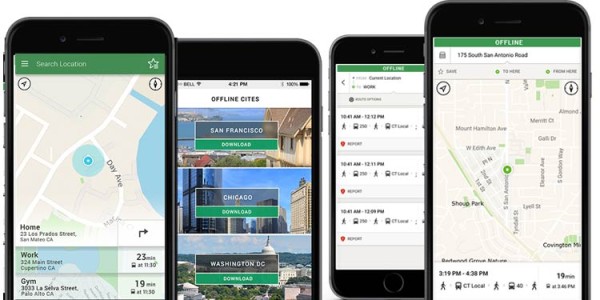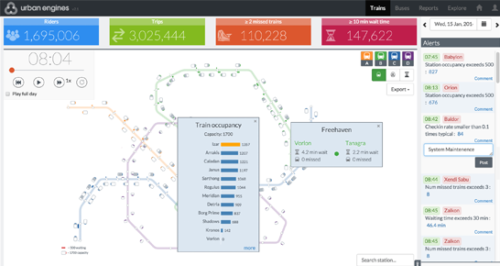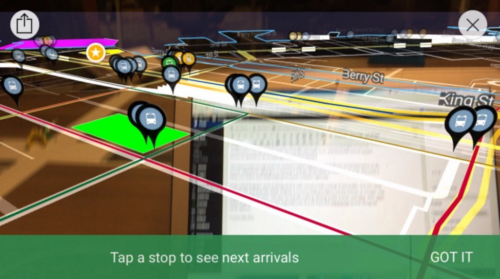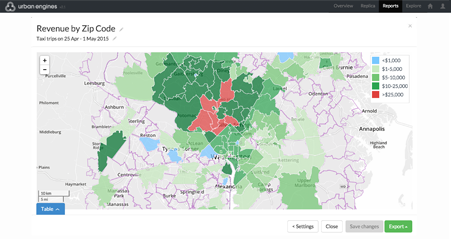Urban Engines’ cloud-based solution gives users unprecedented visibility into transit system performance and commuter flows to help make your planning and operations decisions better and easier. Through the combination of big data and spatial analytics, this application attempts to improve urban mobility and help people, cities and companies make better decisions about transportation.
Urban Engines uses information collected from the Internet of Moving Things – data points produced by transit systems delivery vehicles, on-demand fleets, among others. In other words, it reconstructs and analyzes dozens of existing signals from city transit systems, like fare card data and GPS traces, to show every vehicle and every trip.
Urban Engines’ cloud-based software can be up and running within 30 days — and scales to billions of trips as your system grows. In addition to its data service for cities and companies, the company puts city-level insights and optimized mixed-mode routing options into the hands of commuters with the Urban Engines mobile app.




